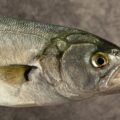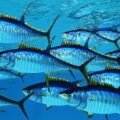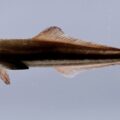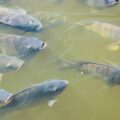Whether in a tropical, subtropical, or temperate environment, you can discover escolars in a coastal area. The escolar is a popular fish due to its availability and widespread distribution. Groupers are commonly seen in both natural and artificial tropical reef environments. In today’s seafood market, grouper is a must have. There must be more to it than just how good it tastes. Its distribution spans from the Florida Keys and the Gulf of Mexico in the United States through the Bahamas, the Caribbean, and most of the Brazilian coast.
Comparing an Escolar versus Grouper
Escolars belong to the Gempylidae family. Scientists found these fish linked to mackerel, tuna, butterfish, and others. The escolar (Lepidocybium flavobrunneum), a Gempylidae fish, lives in deep tropical and temperate seas worldwide. “Ex-Lax fish” is a satirical term for escolar, which may be unhealthy. Snake mackerel, walu walu, and butterfish/white tuna are other names for it. This fish is known for making most people sick while eating.
Groupers are from the Perciformes Serranidae family. There are many genera of groupers. The serranid family includes sea bass, but not all are “groupers.” Epinephelus and Mycteroperca fish are called “grouper.” Groupers’ thick bodies and large lips allow them to catch prey from afar. Despite overfishing, fish make delicious meat. More countries are protecting these wonderful fish, which is fantastic.
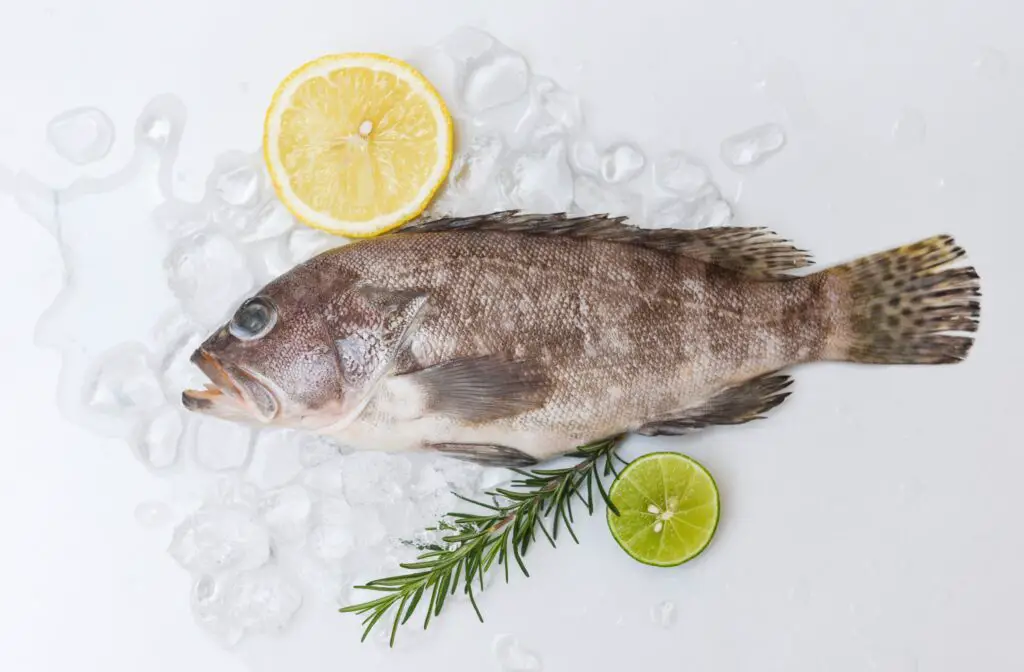
The Key Differences Between an Escolar and a Grouper
This big fish has dark scales that only get darker over time. Fish at a certain age tend to get almost as dark as black. They look like different kinds of tuna, especially in the short finlets that stick out from their back fins. Some escolars can grow 6 feet or longer, but most adults are about 5 feet long. Some can weigh almost 100 pounds.
Like groupers, teleosts have thick bodies and big mouths. They are only made for swimming fast for a short time over a long distance. Lengthwise, they can be more than a meter long. The Atlantic goliath grouper (Epinephelus itajara) is the largest fish in this genus. It has been measured at 399 kg in length and weight. They don’t bite off pieces of their prey. Instead, they swallow the whole thing.
They don’t have many teeth outside their jaws, but they make up for it with big plates of crushing teeth deep in their throats. Their diet is mostly made up of fish, octopuses, and crustaceans. Their lips and gills create a huge vacuum pulling prey from a long distance away. They dig with their lips and blow the sand out of their gills to burrow under big rocks.
Escolar vs Grouper: Health Effects
From a health perspective, there is a big difference between grouper and escolar. Escolar are used on sushi menus. Read on to learn why you should think twice about eating it.
-
- Escolar can’t break down certain fatty acids, especially wax esters, which are part of their diet, causing keriorrhea. These fish can cause stomach aches and other digestive issues due to their high oil content and wax ester buildup.
-
- Scientists advise against eating more than six ounces of escolar at once to avoid keriorrhea. Some customers may eat more when eateries misname the fish “white tuna.”
-
- This fish isn’t eaten in Japan or Italy since it may transmit keriorrhea. Since the species proved harmful, Japan banned it in 1977.
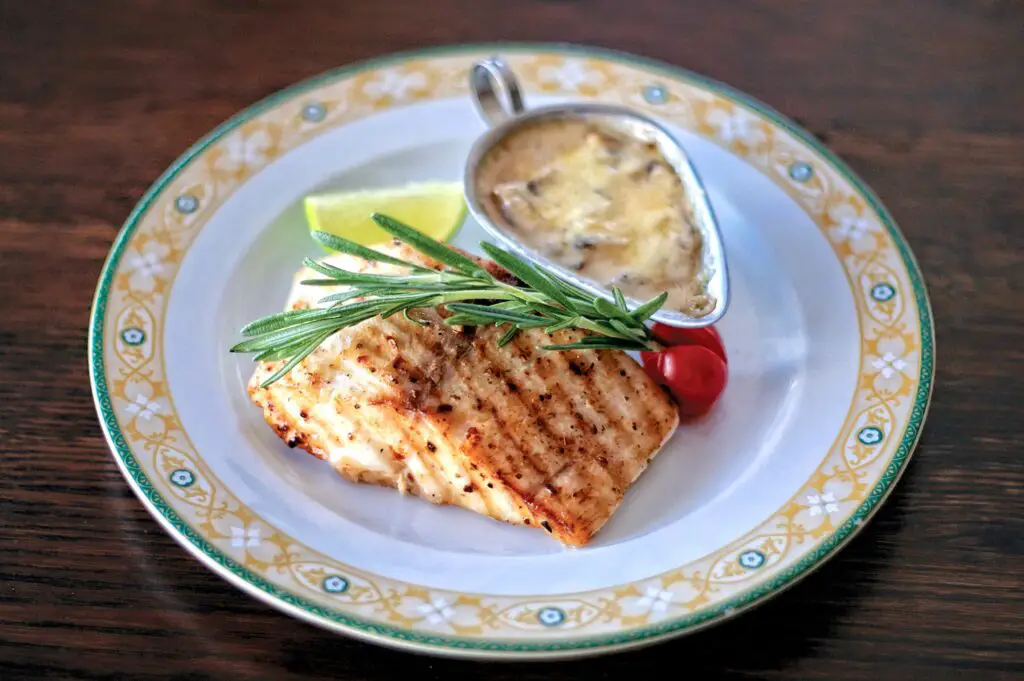
Grouper Health Benefits
Grouper is a great choice because it has high-quality protein and fats that are good for your health, but it doesn’t pose a high risk to your heart health because it doesn’t have a lot of saturated fat (10% of your daily calories is the maximum safe amount). This fish is also a great way to get a lot of B vitamins, which are important for keeping your metabolism healthy. Vitamin B6 is needed to break down proteins and fats, and vitamin B12 is needed to make nucleic acids and hemoglobin, break down fats, and keep the nervous system working well.
Habitat, Distribution, and Population
The escolar lives in the tropical oceans in the mesopelagic and epipelagic zones. The mesopelagic zone, also called the “twilight zone,” is 660 and 3300 feet below the ocean’s surface. This species is often caught by accident when fishing for tuna, and it also likes to live in areas with ridges, underwater cliffs, and ledges. Most are near Japan, Korea, the United States, and Italy.
Groupers can be caught in warm seas anywhere from the surface to 600 feet. These creatures do best in reefs and other ocean parts with rocky or sandy bottoms. Several groupers like to lay their eggs in reefs near the edges of shelves, shipwrecks, and seagrass beds.
Reproduction and Lifspan of Grouper vs Escolar
Grouper fish’s unique reproduction is fascinating. Most groupers start as females but become males. Nassau groupers breed only during full summer moons. The fish spawn in schools of tens of thousands. Most fish species have territorial males and always return to breed. Females deposit eggs, but males put their reproductive parts in the water. After fertilization, eggs become ocean-borne zooplankton.
A fertilized egg hatch after two days. Smaller groupers can attain sexual maturity in months, while Goliath and Nassau need years. The longest-lived grouper was 50 years.
Escolars reproduce around May or November, yet little is known about their reproduction. This fish travels far to breed and eat. Escolars assemble in particular places despite spending most of their lives alone. Research shows that the escolar lays eggs. The female releases 300,000 eggs and the male sperm. Fertilized eggs become plankton. Biologists claim escolars are sexually mature between 0.98 and 1.15 m long. These species might live 11 years.
Escolar vs Grouper: Taste and Diet
There are some key differences between a grouper and an escolar. Grouper flesh is firm and has a slightly sweet flavor, while escolar flesh is flaky and tastes saltier. Grouper fish are also larger than escolars. In terms of texture, grouper meat is denser than most escolars.
Escolar species need to eat meat and other animal products to stay alive. At night, it hunts by going vertically up in the water column. It likes to eat small fish and crustaceans like shrimp. The grouper diet is mostly made up of fish, octopuses, and crustaceans. Different animals hunt in different ways, from sneaking up on their prey to chasing them down.
Conclusion
Even though it’s bad for health, escolar is used in cooking all over the world. Most of the time, it is served raw as sashimi or in sushi rolls. The problem is that a lot of advertising is out there, which could make someone feel lost.
Some species of grouper are very popular because their meat tastes so good, and many websites have recipes for making this delicacy. You should be careful when choosing a grouper, though, because some species are in danger of dying out because too many people are fishing for them.

